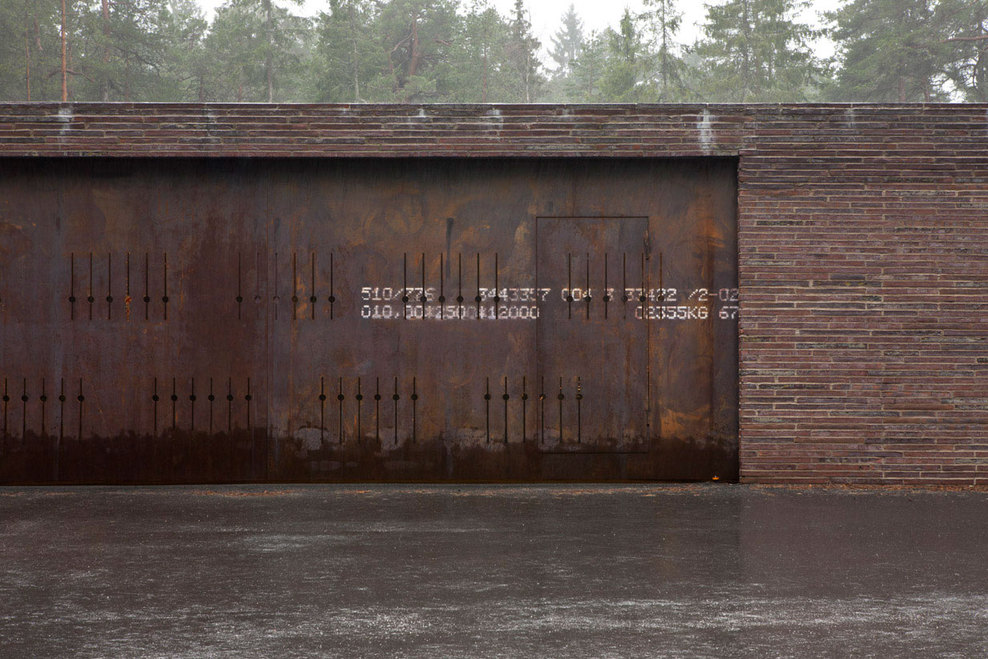A Stone in the Forest is the entry which best understands the wholeness of the Woodland Cemetery and listens to the site with the greatest empathy. The project adds one more character-laden part to the Woodland Cemetery experience. A Stone in the Forest creates a journey in both an internal and an external landscape.
The proposal A Stone in the Forest merges with the Woodland Cemetery’s distinctive array of buildings without repeating, imitating or even alluding to earlier buildings. It is sui generis, characterised by a refined simplicity, a down-toearth feeling of form, colour and weight, with an architecture verging on the ascetic. The jury has attached importance to the experience of the new crematory facility commencing, not at the entrance but at a distance from it, somewhere along the surrounding paths. To many visitors, the actual approach is an experience in which grief and consolation must come together, and that experience must be allowed to take a little time. In A Stone in the Forest, the approach to the building is subdued, almost hesitant. The forest has been made part of the experience. The building lies secretive and compact, barely discernible from the forecourt.
Gradually the path towards the building turns away. Now the forest thins out, the ground begins to be discreetly paved with slabs, inviting those approaching the monolithic façade of the building, with its distinct entrance beneath a wooden loggia. The difference in level between the forecourt and the building is nearly 3 metres, and one moves forwards but at the same time also upwards, in the manner so typical of the Woodland Cemetery.
The approach to the crematory building has here been given a soft-spoken setting which accords with the general ambience of the Woodland Cemetery. The short journey through the woods is in this way reminiscent of the journey to the Woodland Chapel. A Stone in the Forest is a scheme which highlights the gentle values and, accordingly, the scheme which succeeded best in finding its own key in the composite voicing of the original work.


































